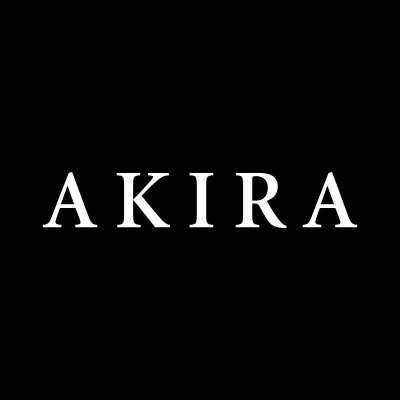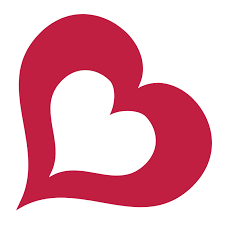State Street Chicago





Description
Chicago’s Resilient Retail Corridor: Where History and Reinvention Collide
Once known as the beating retail heart of Chicago, State Street remains a vital shopping destination in the Loop. Despite recent challenges, including the impacts of the pandemic and shifts in work patterns, this historic c
Join now to access the complete information.
street Details
Annual foot traffic
500,000 people/year
Daily vehicle traffic
15,000 vehicles/day
Population
25,000 people within
Day time population
35,000 people within
Household income (median)
$75,000.00 annually
Age (average)
> 35 years old within
Join now to access the complete information.
Sample Space 1
1000 SF
Suitable for retail, restaurant, office
Sample Space 2
1500 SF
Suitable for retail, restaurant, office
Sample Space 3
2000 SF
Suitable for retail, restaurant, office

On December 4, Crain's Chicago Business reported the sale of the former Foot Locker building on State Street to the Downtown Islamic Center.
While some may question whether the recent acquisition of 213-227 S. State St. by the Downtown Islamic Center is additive to State Street's recovery or is a detriment, we believe it is a positive addition to the neighborhood.
Admittedly, the purchase price reflects the current stage of South State Street’s recovery, but it's a recovery nonetheless. The activation of this vacant building fits the educational (DePaul University and UIC) and civic (Harold Washington Public Library) profile of these blocks.
As the Loop continues its nascent comeback in the post-Covid era, the Islamic Center’s investment contributes to the recovery in the following ways:
➊ It activates this portion of State Street;
➋ It adds a religious and cultural meeting place; no different from the Chicago Loop Synagogue, St. Peter’s Catholic Church and the Christian Science Reading Room;
➌ It fosters the growing neighborhood feel of the Loop as the residential conversion of the LaSalle Street offices commences.
The Loop’s recovery will consist of multiple pieces in order to complete the puzzle. Here’s to adding another piece as we close out 2025! John Vance William Winter

An article in The Wall Street Journal this week regarding the financial squeeze fast casual restaurants are experiencing references a statistic that fast casual restaurants accounted for just 6 percent of the restaurant industry in 2008, and today makes up 15 percent. These statistics mirror the trend that occurred from 2008 to 2019 in Chicago’s Loop, the second largest CBD in the country.
In 2008, fast casual restaurants occupied 607,732 square feet within 165 storefronts. Pre-Covid in 2019, the fast casual restaurant category increased its square footage occupancy by 84,000 square feet within an additional 68 storefronts.
During this 11-year period, the character of Loop restaurants changed as fast casual restaurants gradually replaced fast food restaurants. Local fast casuals such as Potbelly, Sopraffina, Hannah’s Bretzel, BenjYehuda and Caffé Baci, along with the nationals Chipotle, Pret A Manger, Sweetgreen and Just Salad replaced fast food restaurants like Taco Bell, Popeyes Chicken, Burger King and McDonald’s.
In 2008, there were 222 storefronts occupied by fast food vs 165 occupied by fast casuals. In 2019, the numbers flipped with 143 storefronts occupied by fast food vs 233 storefronts occupied by fast casuals.
We expect this trend to continue in the post-Covid era as fast casual restaurants accelerate their interest in the Loop to accommodate the increasing number of employees returning to the office. John Vance William Winter
https://www.wsj.com/business/hospitality/america-loves-a-13-lunch-bowl-dont-bet-against-it-5992f80e
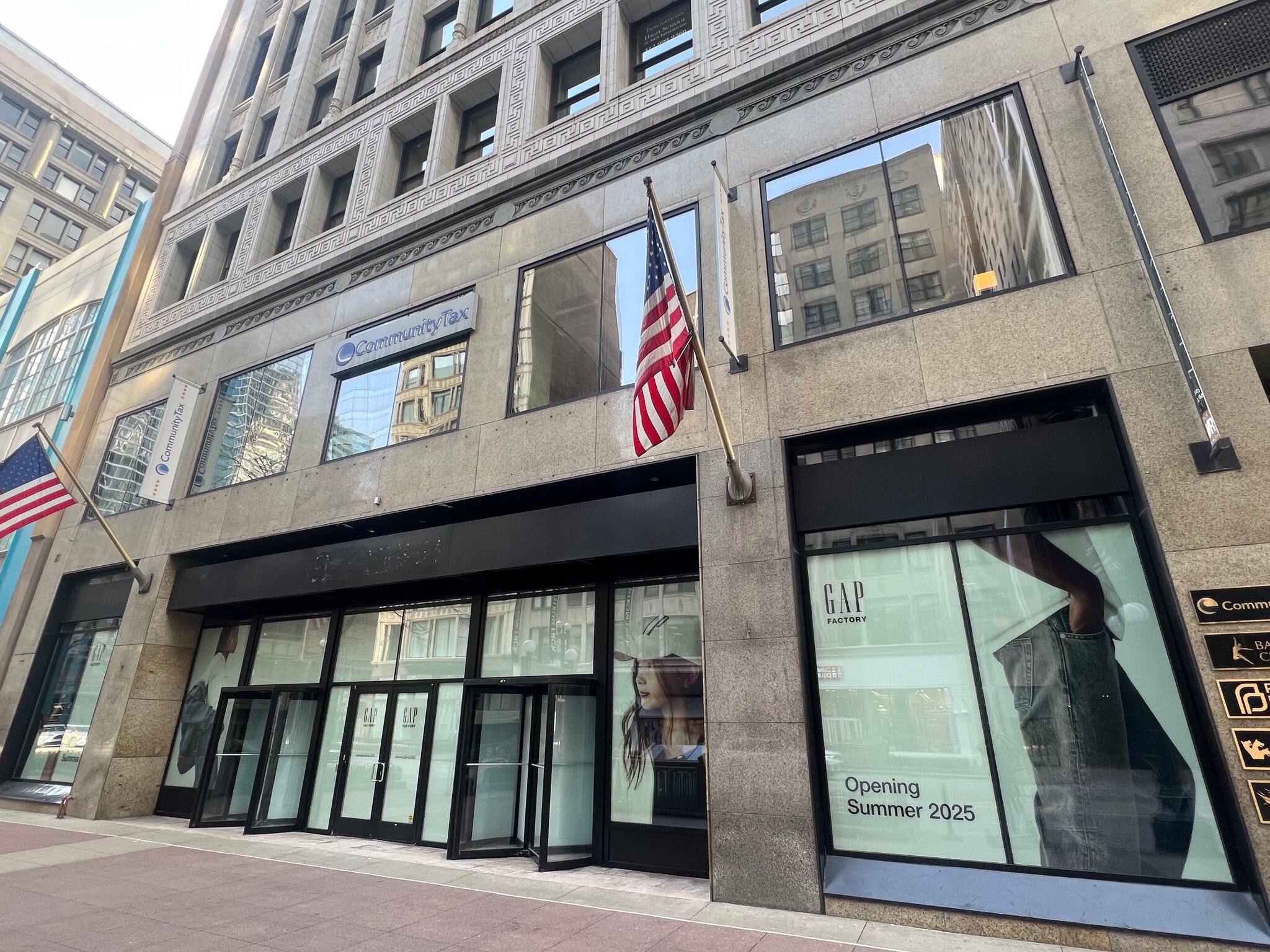
Gap Factory Store, looking forward to your opening this Summer on State Street in Chicago!
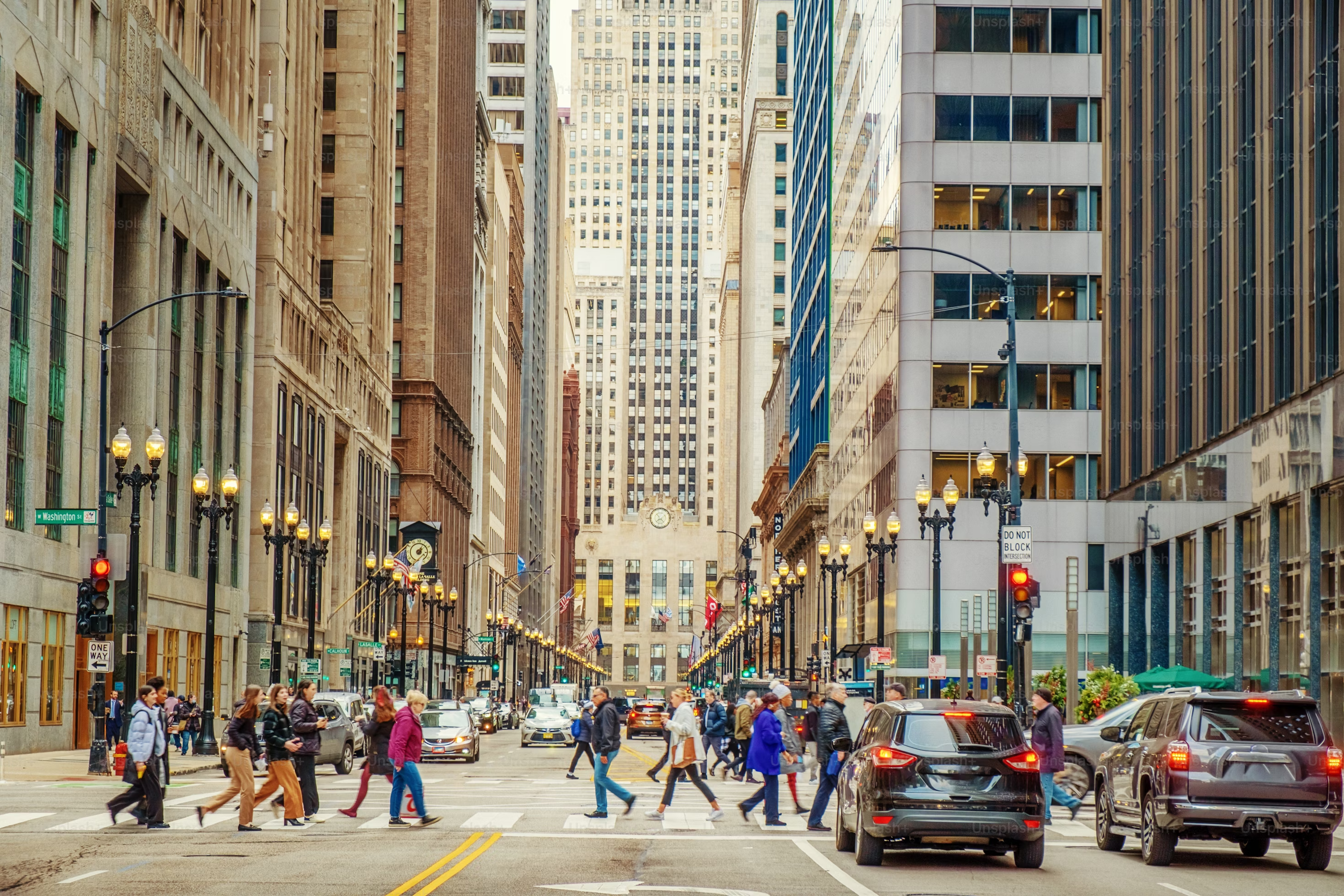
Stone Real Estate recently released its Annual Chicago Loop Retail Analysis for 2024, (https://bit.ly/LoopRetail) which was featured in Crain’s Chicago Business (https://bit.ly/CrainsBiz).
There are three key points from this year’s findings with the first point being Gap Factory signing its lease at 17 N. State Street. Gap Factory’s entry back on to State Street is seen as the beginning of a positive trend toward more value retail concepts considering State Street.
State Street has struggled during this Work From Home (WFH) period, as The Loop’s office density generates a substantial amount of the pedestrian traffic and shoppers on State Street. With the pedestrian count back to near 2019 levels and the WFH trend on a slow and steady decline, State Street’s rebound has hopefully begun.
More to come regarding second and third points from the 2024 survey. Find Stone Real Estate's Chicago Annual Loop Retail Analysis, here: https://bit.ly/LoopRetail.
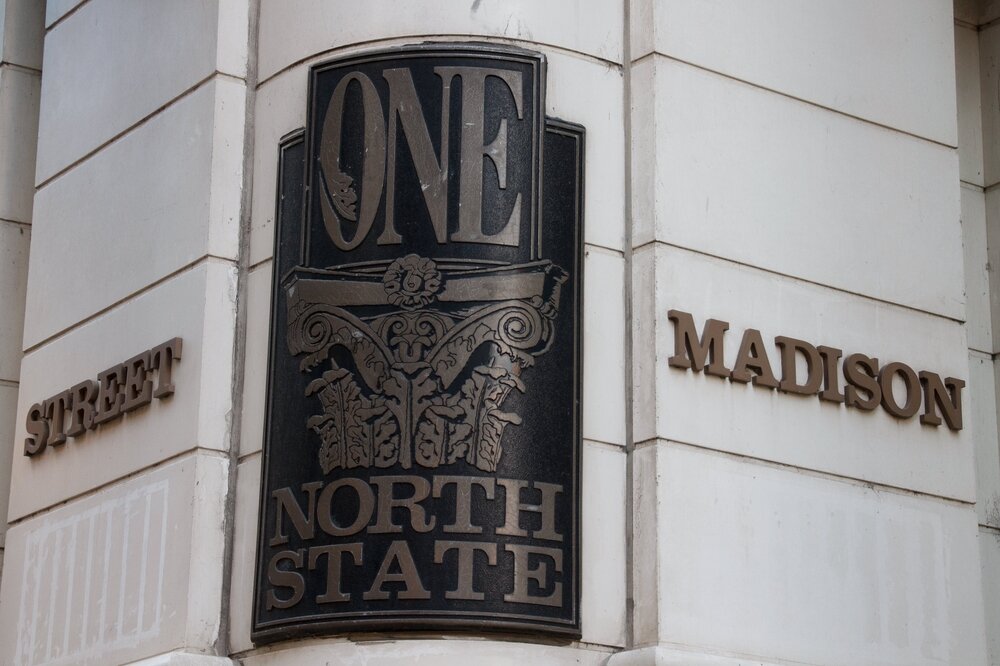
Chicago's One North State retail space hits the market
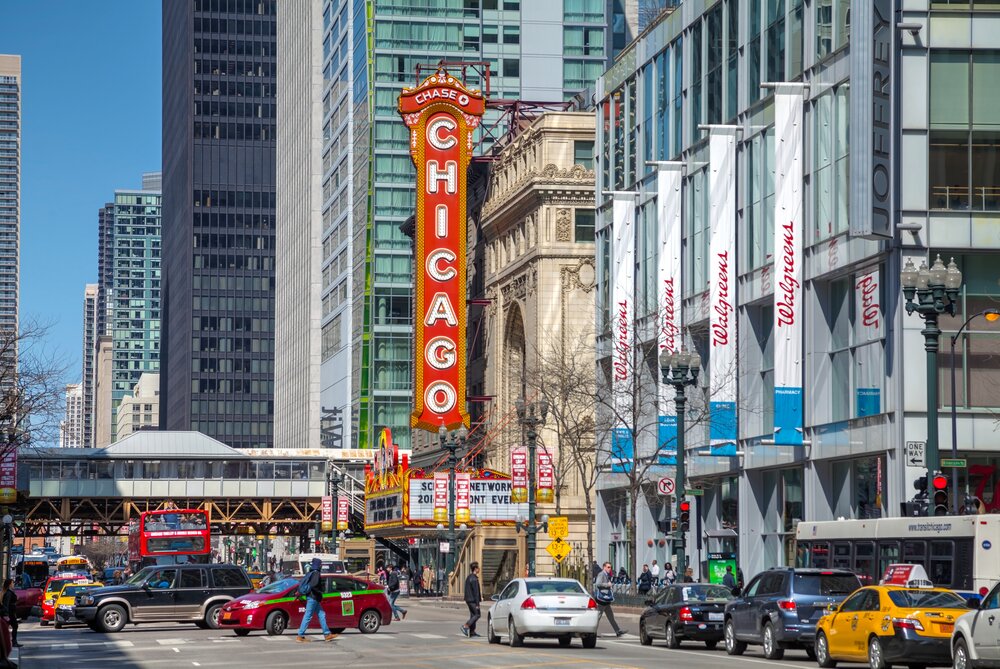
John Vance on what works on Chicago's State Street
Join now to access the complete information.
Join now to access the complete information.
Local Expert Analysis
Market Positioning and Financial Metrics
State Street’s retail landscape is currently defined by its affordability, with gross rents ranging from $50 to $75 per square foot. Vacancy rates exceed 20%, reflecting ongoing challenges in tenant retention and attraction. However, recent acquisitions of buildings at a discount by new investors signal a potential shift. These new owners are likely to offer reduced rents, which could make State Street more attractive to emerging brands and national chains seeking a central location in Chicago.
Customer Demographics and Foot Traffic
The street primarily draws young professionals, students, and tourists. Foot traffic is highest during weekday office
New Developments
Several buildings along State Street have entered receivership, paving the way for new investors to potentially reposition these properties with more competitive leasing options. This could attract both new tenants and national brands looking to capitalize on lower rent costs. A reason to carefully evaluate the landscape for brands — given that the street’s current business makeup is still up in the air. The proximity to the Theatre District and ongoing commercial activity will play a crucial role in State Street’s retail recovery, as more office workers and tourists return to the Loop.
